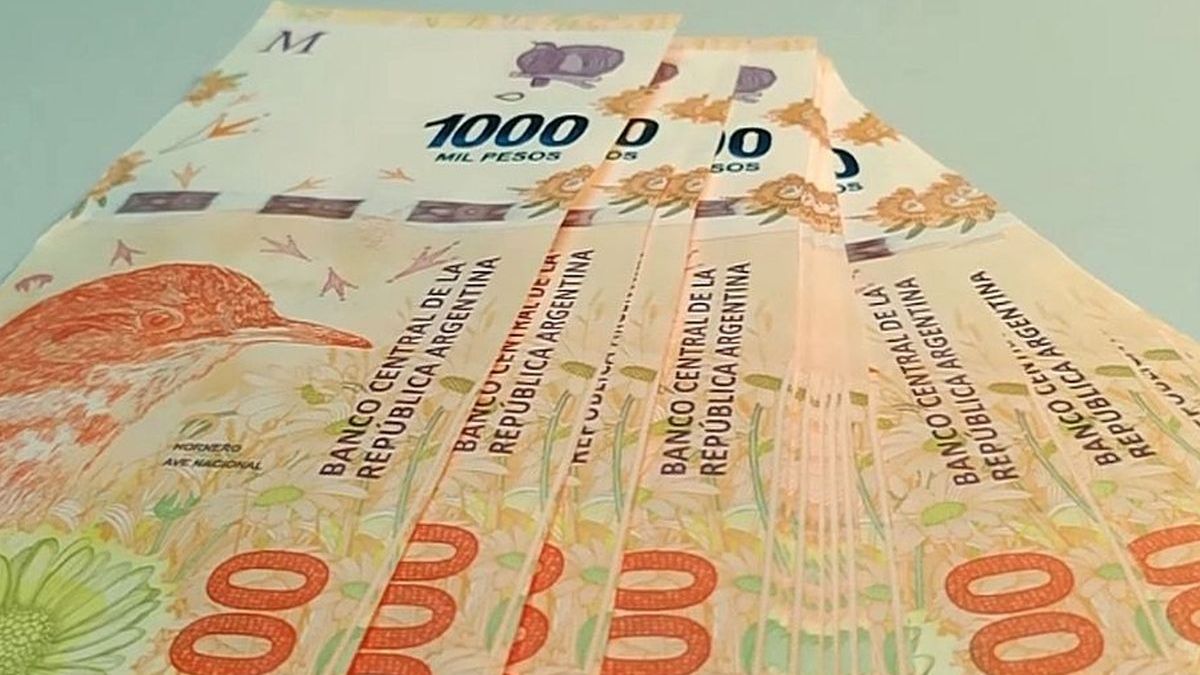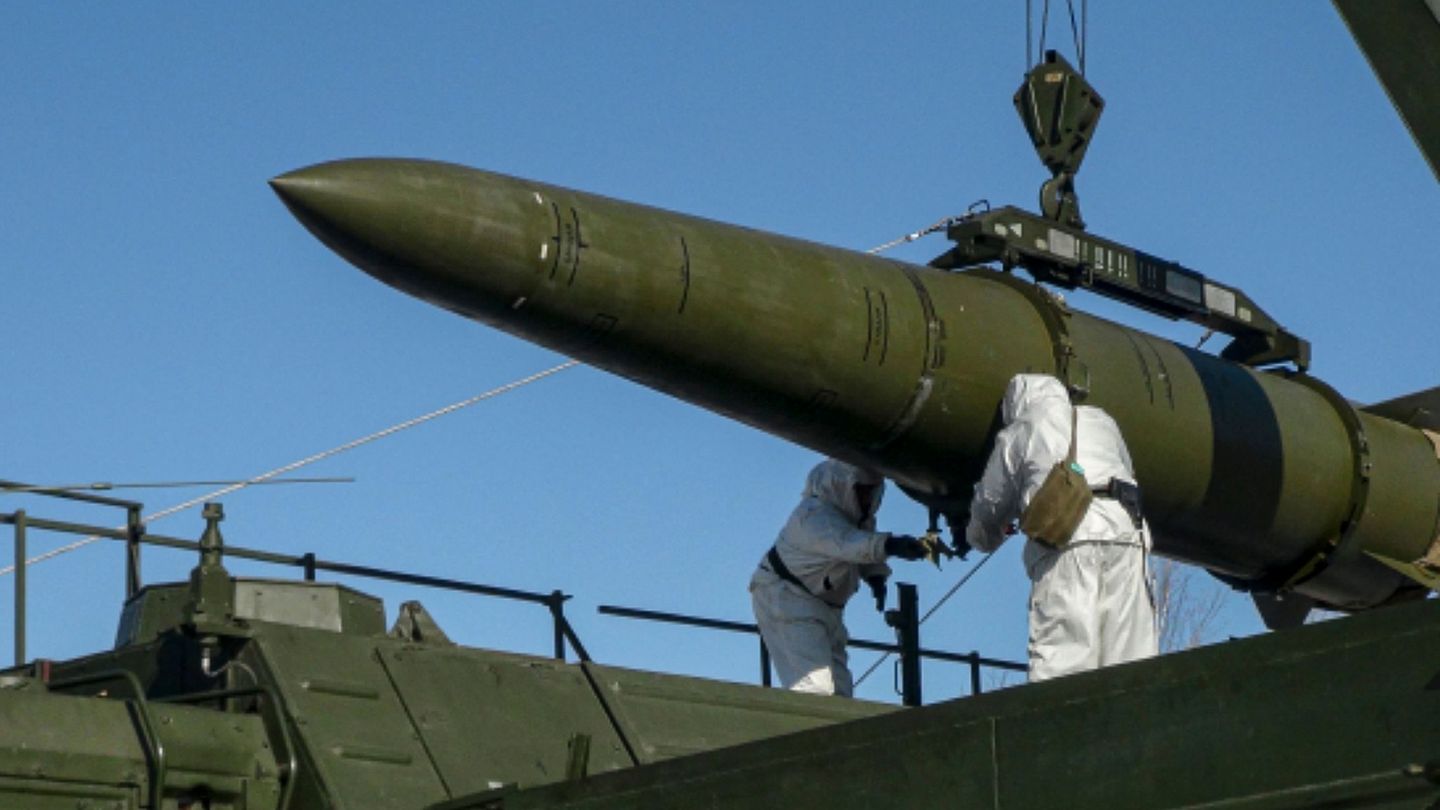“Some analysts take the Annual Nominal Rate (TNA) and compare it with annual inflation. The correct thing would be to use the Annual Effective Rate (TEA). For example, it is not correct to compare the TNA of Leliqs with annual inflation. It should be used 48.3% of TEA “, he clarified Jorge Carrera, second vice president of the BCRA.
This is so because the instruments do not remain idle throughout the year but rather they are yielding interest according to their maturities, which are capitalized as the investments are renewed.
In that sense, it is worth saying that the TEA for fixed terms is 46.8%. However, the private sector expects inflation of 54.8% in 2022, according to the latest Market Expectations Survey (REM). Therefore, if this prediction is fulfilled, the rate would still be negative in real terms.
Carrera said that the performance in real terms of savings instruments in pesos depends on how inflation is forecast. The official remarked that at the time of projecting, it would be necessary to determine “how much the new rate influences future inflation endogenously, what is the relationship of the rate with the exchange rate, how events that are going to occur locally and internationally are weighted , and how the forecasting model captures these points or if it is a mostly inertial scheme. “
If the person places a fixed term for the first time, now they obtain a monthly return of 3.25%. The number would be lower than the inflation that occurred in December (3.4% according to private estimates), although this is a month in which prices tend to grow above the average for seasonal reasons.
This is “a very small step on a long road to monetary and financial normalization,” said Alberto Ramos, an analyst at Goldman Sachs.
The Central also increased the rate for wholesale fixed terms (Badlar) to 37% in nominal terms and up to 44% in effective terms. In addition, it determined the progressive elimination of passive passes to seven days and created a new Leliq to 180 days, with a TNA of 44% and an TEA of 48.9%.
Market sources consulted by Ambit they projected that the Badlar Rate bonds will probably be the most demanded instruments in pesos after the rate hike.
And what about UVA Fixed Terms? This option adjusts for inflation measured by the INDEC, and grants 1% more above what the CPI yields.
However, rate hikes also have an impact on these instruments. Is that the UVA are 90 days and have an option to pre-cancel after the first 30. In this case, the investment will not grow at the rate of inflation plus a margin of 1%, but the adjustment will be by 34% of the nominal annual rate (TNA).
Until before the change, the fixed UVA terms that were prepaid granted a rate of 30.5%.
Although the change favors those who opt for this type of deposit, in the event of a pre-cancellation they continue to be at a disadvantage compared to those who bet on traditional fixed terms that, in the case of individuals who have less than $ 10 million, grant now a 39% yield of TNA.
While legal persons or savers with more than 10 million, are granted a 37% of TNA.
The main advantage of UVA fixed terms is not given in what happens in the case of a pre-cancellation but for those who take them to the last consequences and manage to beat inflation.
Source From: Ambito
David William is a talented author who has made a name for himself in the world of writing. He is a professional author who writes on a wide range of topics, from general interest to opinion news. David is currently working as a writer at 24 hours worlds where he brings his unique perspective and in-depth research to his articles, making them both informative and engaging.




